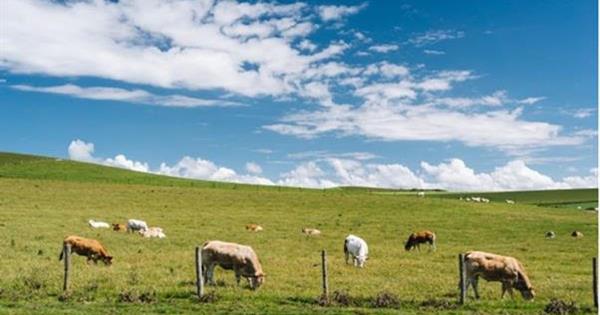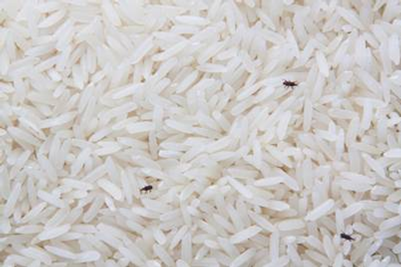What is ractopamine?
Ractopamine is a veterinary drug that is added to animal feed in commercial pig and cattle farms to promote the growth of meat. This article provides more information on ractopamine, its impact on health and how SFA ensures that Singapore’s meat supply is safe for consumption.
Why is ractopamine found in our food?
Ractopamine stimulates muscle growth, allowing more lean meat to be produced with the same amount of resources. Farmers may add ractopamine to cattle and pig feed to improve feed efficiency and leanness (less fat in meat). A good feed efficiency means that less feed is required to increase the amount of meat that the animal can produce.
Ractopamine is a ‘finishing’ feed supplement, and is generally only used in the last few weeks before the animal is slaughtered to maximise the weight of the carcass. As the animal may consume feed containing ractopamine until it is slaughtered, there may be residual ractopamine detected in the meat produced.
Does ractopamine cause adverse health effects?
Ractopamine has been assessed by the Joint FAO/WHO Expert Committee on Food Additives (JECFA), an international food safety risk assessment body for veterinary drugs, food additives and food contaminants. The committee has established an acceptable daily intake of 0 -1 micrograms (μg)/kg in body weight for humans1.
This means that for a person weighing 60 kg, he/she can consume 6 kg of meat, 0.67 kg of kidneys or 1.5 kg of liver that contains the maximum allowed levels of ractopamine every day for the rest of their lives without any adverse health effects (such as increase in heart rate, headache, muscle tremors or high blood pressure). Hence, intake of low levels of ractopamine will not pose a health risk, even if the meat and organs are consumed over a long period of time.
What is Singapore’s residue limits for ractopamine in meat? Why we have not banned meat from countries that uses ractopamine in meat?
SFA regularly reviews our regulatory standards to safeguard consumer health and meet the changing needs of the food industry. In this process, SFA performs a risk assessment using scientific evidence and data, as well as information on the consumption patterns of Singapore’s population. SFA also considers risk assessments and regulatory standards set by international bodies and developed countries. Examples include the Codex Alimentarius Commission (CAC) and Joint FAO/WHO Expert Committee on Food Additives (JECFA), which are established and administered respectively by the Food and Agriculture Organization (FAO) and the World Health Organization (WHO).
In the case of ractopamine, SFA has carefully considered the safety assessments performed by JECFA on ractopamine for use in food production. SFA has decided to adopt the maximum amount of ractopamine allowed in meat and other organs set by the CAC as the regulatory standard, after evaluating Singapore’s consumption of meat and organs against the acceptable daily intake of ractopamine established by JECFA. The maximum level of ractopamine allowed in muscle, kidney and liver for both cattle and pigs are 10 μg/kg, 90 μg/kg and 40 μg/kg respectively. Other developed countries such as Australia, Japan, Canada and USA have also adopted similar regulatory standards for ractopamine.
What is being done to ensure that our meat is safe to eat?
Meat must be imported from approved sources in accredited countries that meet SFA’s food safety and animal health standards. SFA assesses both the exporting country and farms/food establishments during the accreditation process. To ensure food safety upstream of the supply chain, an inspection trip may be conducted to validate the country’s system and standards of the individual export farms and establishments.
Imported meat from the accredited sources are subjected to SFA’s import requirements which include maximum allowable limits for substances found in food. Imported meat are also subjected to SFA’s food safety surveillance, inspection and sampling and testing programme. So far, ractopamine was either not detected or detected in negligible levels in meat samples tested. Meat that fail our inspection and food safety tests will not be allowed for sale.
What can you do to reduce your exposure to ractopamine in meat?
While there are no current food safety concerns with ractopamine in our meat supply, you may wish to follow these tips for further reassurance:
Purchase meat from reputable SFA-licensed retailers.
Cook meat thoroughly before eating as heat can help to degrade residual ractopamine.
Reduce consumption of organs such as the liver and lung, which may contain a higher level of ractopamine.
Reference:
Joint FAO/WHO Expert Committee on Food Additives. (2006). Evaluation of certain veterinary drug residues in food: sixty-sixth report of the Joint FAO/WHO Expert Committee on Food Additives. (WHO technical report series: no. 939)
About the Author
Herman Teo is a Senior Scientist from the Risk Assessment and Communications Department of the National Centre for Food Science. With a Masters in Food Science and Human Nutrition from the National University of Singapore, his recent work includes the regulatory framework for insects for food and feed, and examining emerging food processing risks.





